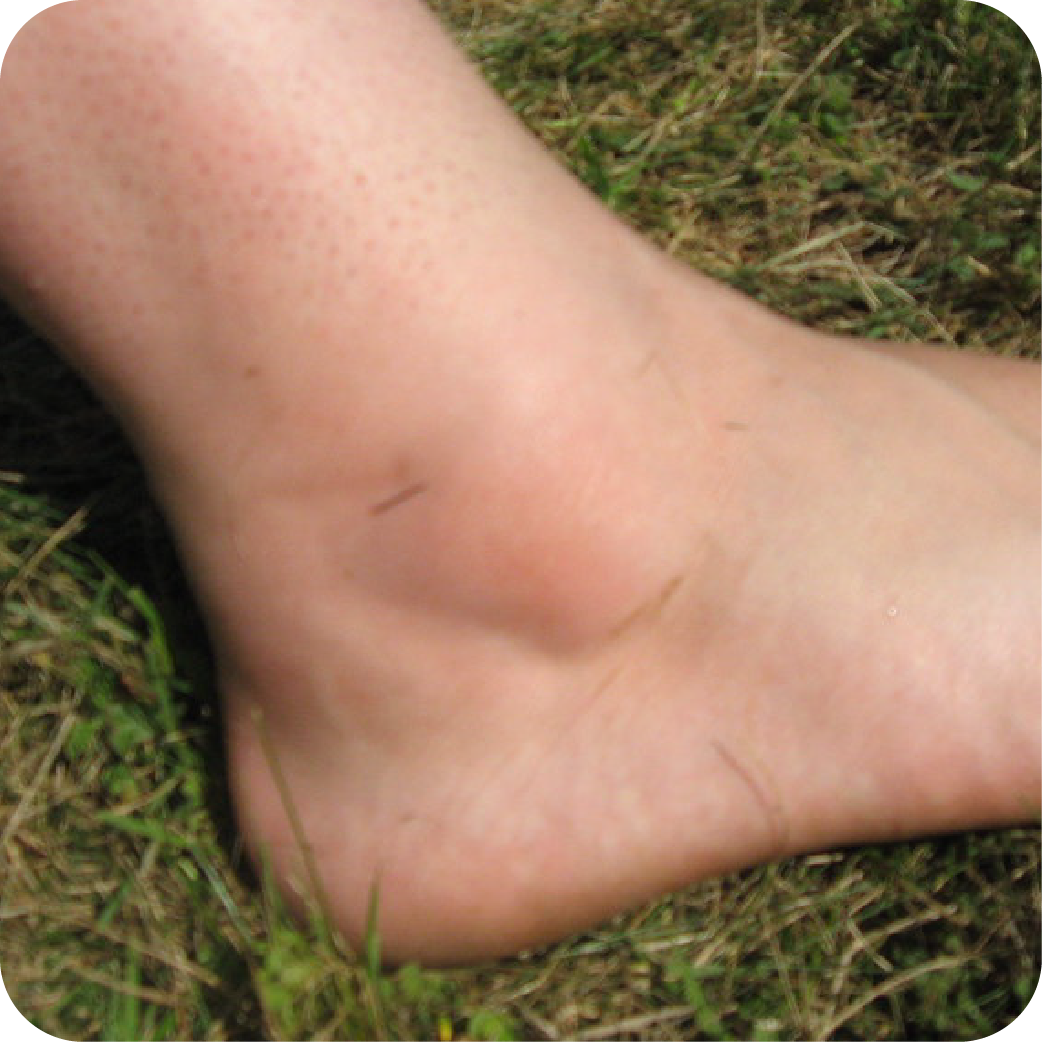Fractures and Sprained

Fractures
InformationA broken foot is when you cause an injury to the bone. You may experience a broken foot from something as severe as a car crash or from a simple misstep or fall.
The level of seriousness of a broken foot varies. Fractures can range from tiny cracks in your bones to breaks that pierce through your skin.
Treatment for a broken foot depends on the area of the foot and severity of the fracture. A severely broken foot may require surgery to repair the foot with implanted plates, rods or screws into the broken bone to maintain proper position during healing.
SymptomsSigns and symptoms of a broken foot may include pain, limping, swelling, bruising, deformity and refusal to bear weight on the affected foot.

Sprained
InformationA sprained ankle is an injury that occurs from when you roll, twist or turn your ankle in an awkward way. This can stretch or tear the tough bands of tissue (ligaments) that hold your ankle bones together.
Ligaments stabilize joints, preventing excessive movement. A sprained ankle occurs when the ligaments are forced beyond their normal range of motion when moving. Most sprained ankles involve injuries to the ligaments on the outer side of the ankle.
Treatment for a sprained ankle depends on the type of injury. Although self-care may be all you need, a medical evaluation might be necessary to reveal how badly you’ve sprained your ankle and to determine the appropriate level treatment.
SymptomsPain, Swelling, Bruising, Restricted range of motion and popping sounds
If you are experiencing any of the issues above then please…

